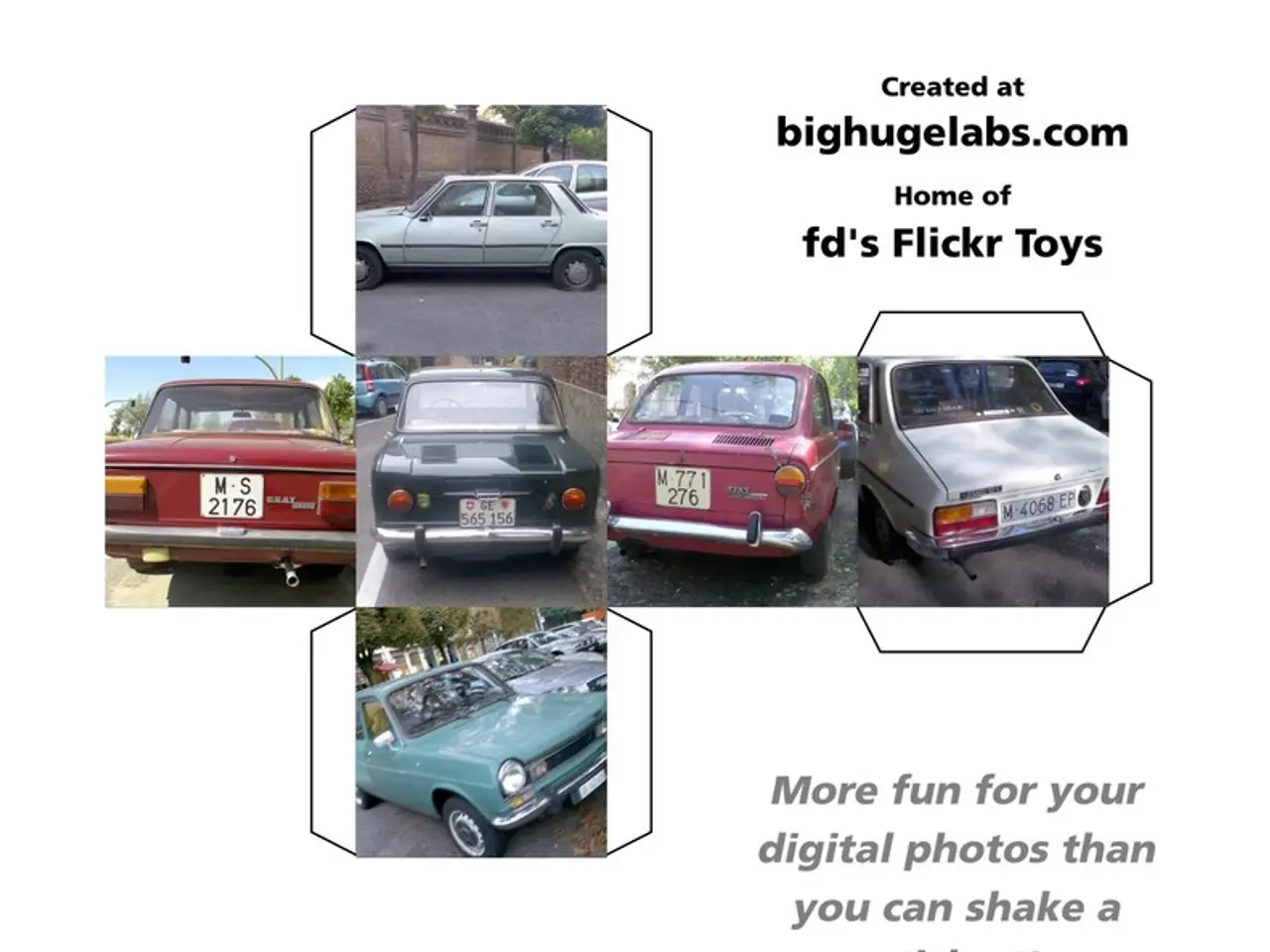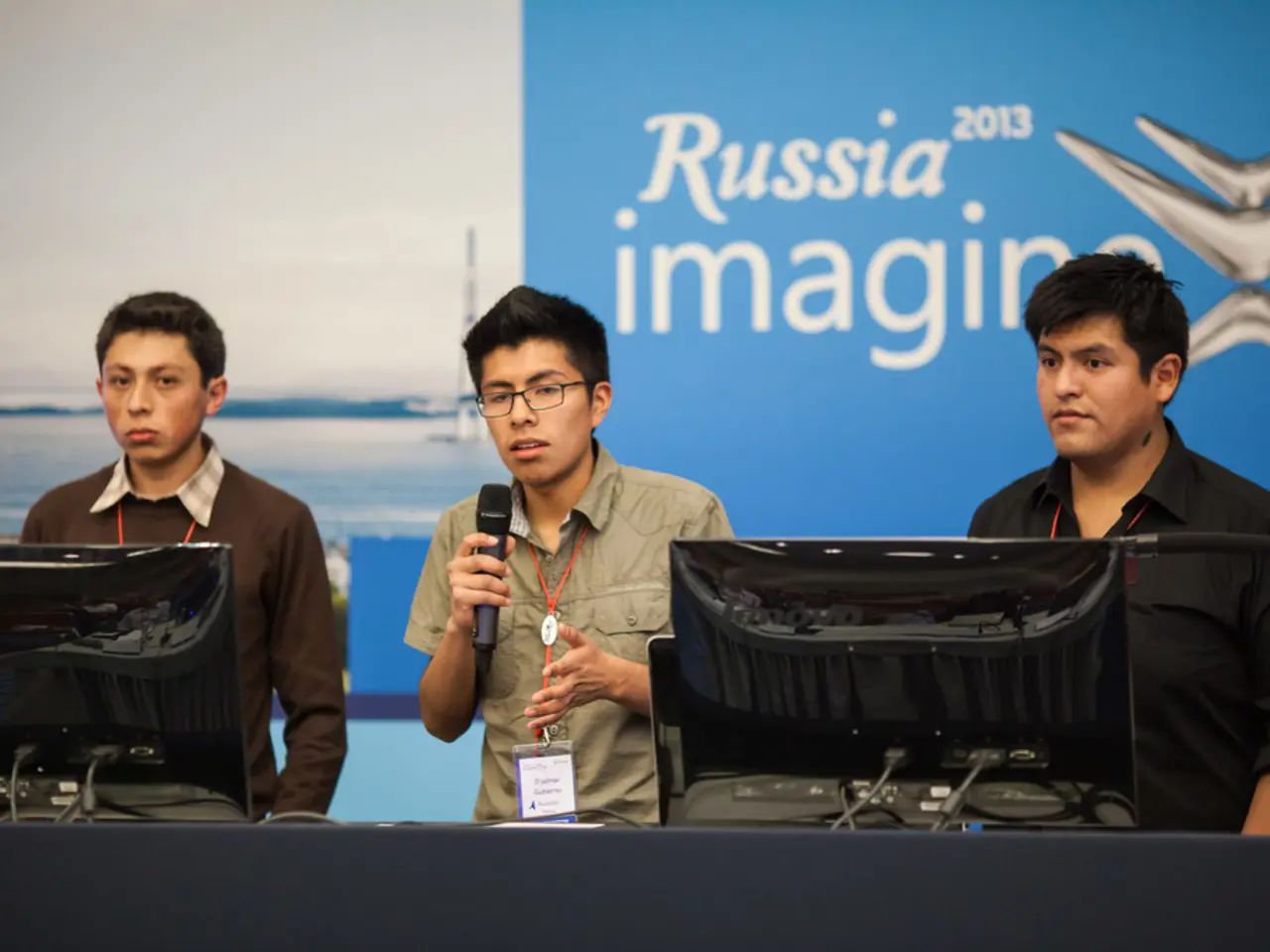Business Leaders Faced with Disruptions Need to Boost Employee Morale
In the fast-paced world of automotive technology, managing the rapid pace of change and its impact on the workforce is a significant challenge. Organizations that fail to lead their staff towards adapting to inevitable, disruptive change risk creating a widening capability gap.
The automotive industry is undergoing significant disruption due to the transformation to electric mobility, tariffs, political unpredictability, software-defined vehicles, humanoid robots, and AI. To navigate this turbulent landscape, automotive leaders can effectively manage transformation fatigue and ensure successful integration of emerging technologies by fostering a culture of continuous learning, adopting an iterative, stepwise transformation approach, empowering employees with the resources to master new technologies, and embedding a people-centric mindset that aligns change with employee engagement and organizational values.
Key strategies include:
- Building a continuous learning culture: Embed learning and development as part of everyday work, making it easier for employees to adopt new digital tools without feeling overwhelmed. This approach reduces resistance and fatigue by normalizing ongoing adaptation and upskilling.
- Taking an iterative transformation approach: Treat technology adoption as a series of small, continuous improvements rather than a one-time overhaul. Emphasizing that each implementation is a step toward further evolution helps set realistic expectations and prevents burnout caused by rapid, large-scale changes.
- Measuring change impact and progress: Define baseline metrics and track transformation outcomes to communicate progress clearly to stakeholders and adjust plans as needed. Transparent tracking helps maintain momentum and illustrates tangible benefits to employees and leadership alike.
- Empowering employees with resources: Provide comprehensive support to enable employees to become expert users of new technologies. Adequate training, accessible support, and open communication increase technology adoption rates and reduce frustration related to rapid change.
- Fostering organizational agility and openness: Cultivate an agile environment that embraces proactive improvement rather than reactive problem-solving, which aids smooth technology integration and quicker adaptation to changing conditions.
Integrating emerging technologies such as predictive maintenance and IoT ecosystems can be facilitated by investing in connected supply chains and smart manufacturing processes, thereby enhancing operational efficiency and employee buy-in through demonstrable benefits.
Sustainability in driving change requires a people-centric approach that acknowledges employee well-being and builds transformation readiness through culture, involving transparent communication and engagement to reduce transformation fatigue and ensure long-term success.
Structuring technology adoption and transformation around customer-driven products can lead to higher levels of continuous innovation and sustained value delivery. Success in the next era of mobility depends on leadership teams that arm their workers to navigate complexity and constant change effectively. Empowering frontline teams to make decisions and act in real time is necessary for transformation.
Adopting and embracing these emerging technologies is crucial for delivering superior products in the automotive industry. However, the Emergn's Transformation Fatigue survey reveals that 50% of employees have considered leaving their jobs due to the exhaustion and burnout caused by an endless state of constant change and transformation. To counter this trend, transformation must be people-centric to be sustainable, and empowering teams with the right skills, resources, and clarity of purpose is a strategic necessity. Transformation cannot live in a silo; it must become a shared, organization-wide capability. Cross-functional collaboration, continuous leadership, and rapid feedback and iteration mechanisms are required for transformation to be shared among the organization.
In the automotive industry, successfully integrating emerging technologies such as predictive maintenance and IoT ecosystems relies on investing in connected supply chains and smart manufacturing processes to improve operational efficiency and employee buy-in. To counter the exhaustion and burnout caused by constant change and transformation, Fordering a culture of continuous learning and adopting an iterative, stepwise transformation approach can help reduce transformation fatigue and ensure long-term success. In the fast-paced world of automotive technology, financial resources are crucial in investing in adaptable infrastructure and employee training to maintain a competitive edge and navigate disruptive industry trends driven by technology and finance.




